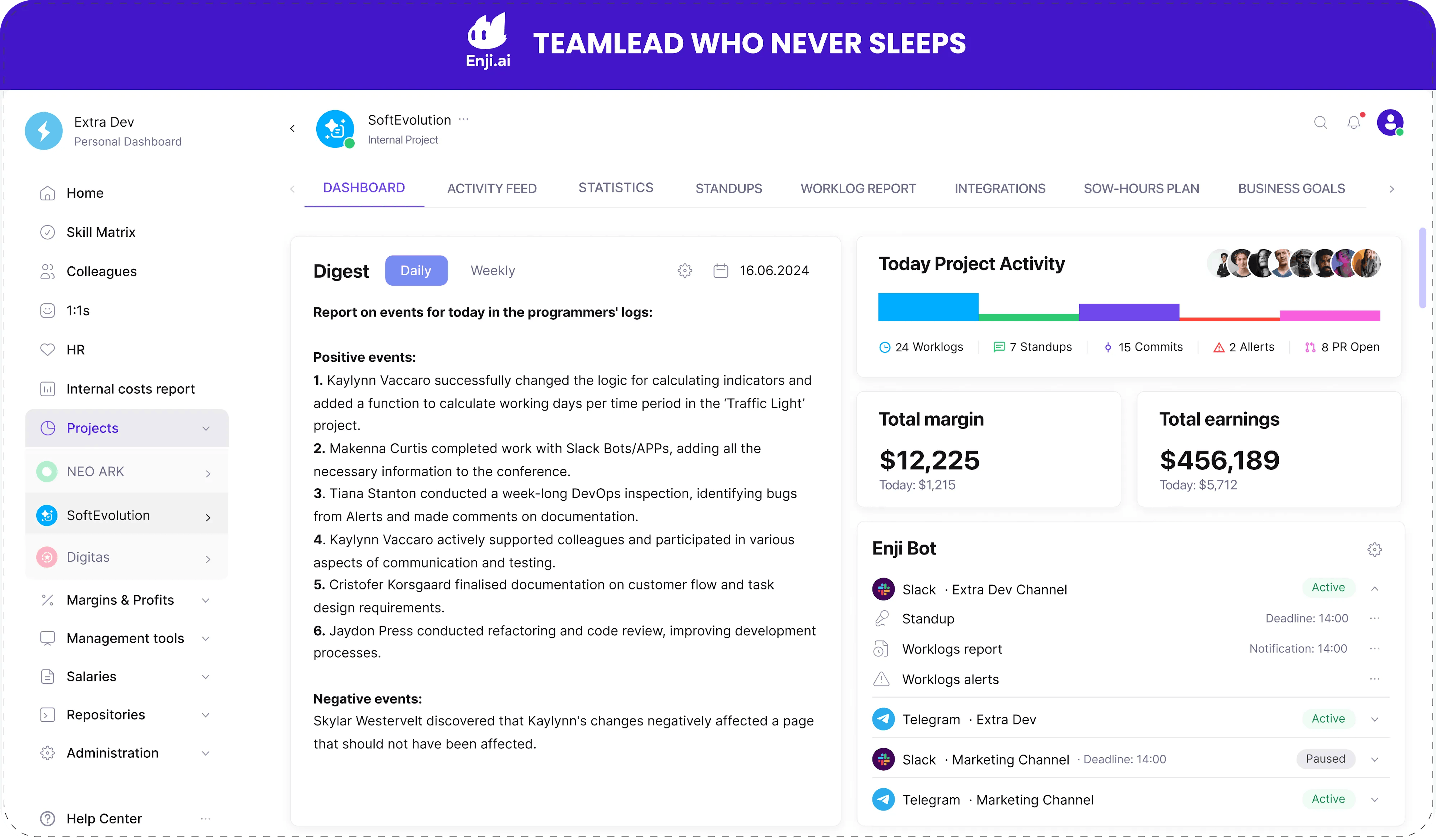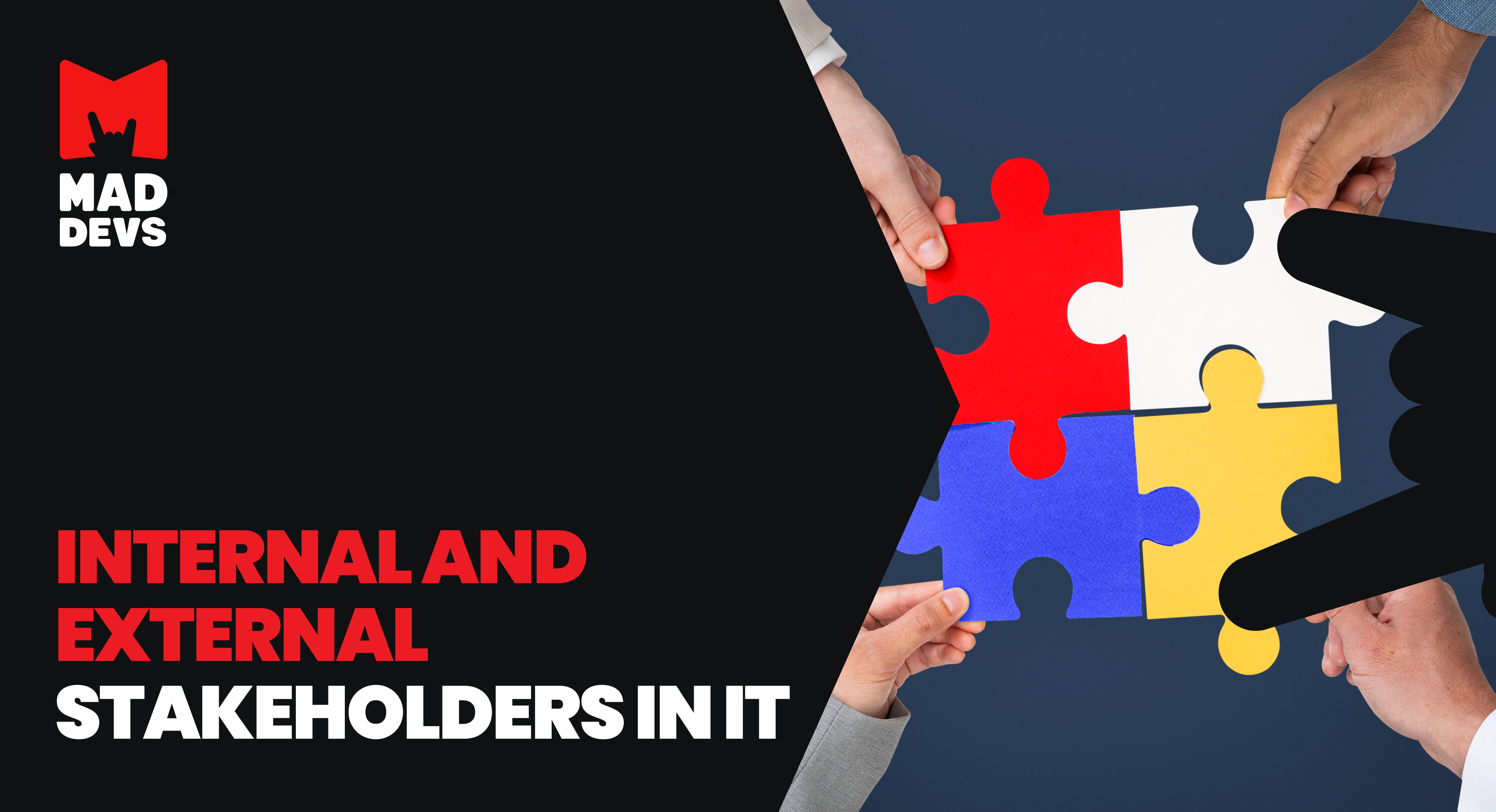How to Optimize Development Costs: A Roadmap for Tech Leaders

It's no secret that the worlds of tech and work are experiencing fluctuations. Cautious investors, advances in AI, and the need to balance working environments require companies and Chief Information Officers (CIOs), in particular, to implement budgets that account for these rapid changes. The time when companies could ignore unoptimized costs has ended, especially with a projected 14% increase to $1.23 trillion in spending across the tech sector in 2025. The bulk of this spending will be on services, such as cloud and AI support. To account for growing resource needs, businesses don't need to reduce costs but optimize them to ensure long-term success under these conditions.
This article will explore cost optimization in software development to understand the benefits to margins, productivity, and employee satisfaction. This comes from insights based on the Mad Devs’ experience that have led to the creation of best practices.
Optimizing software development costs
The cost optimization process in software development involves a regular review of workflows and resources to adapt and improve the management of a tech company's costs. In some ways, it can be understood as the restructuring and constant maintenance of all company processes to ensure full transparency of costs. Businesses reduce costs and reinvest them in better endeavors.
The importance of cost optimization
There are usually two budgets within a company: an operating budget and a research & development (R&D) budget.
Operating budge
Spent on supporting company processes, maintaining current status and position, staffing specialists, and so on.
Research & development budget
Spent on market research, new initiatives to create new markets, develop new products, and research their effectiveness.
A business's operating budget serves as a window into the company's leadership strategy and long-term development plan. One of the changes to the investment market over the past five years has been more scrutiny of operating budgets: is leadership effectively managing it to ensure consistent returns and preserve investments?
Even companies that don't rely on external investors will encounter greater pressure from internal stakeholders to use their operating budget as efficiently as possible. The reason is that a well-optimized budget keeps a company's processes, the integrity of its workforce, its market position, and even the research and development budget intact. For both types of businesses, cost optimization is a good approach for short and long-term health and success.
Optimization vs. cost reduction
It may be tempting to equate lowering costs with optimizing them, but these are separate concepts. While optimization can involve a reduction in costs, there are clear differences in how and why businesses employ each strategy.
Cost reduction in tech
A short-term approach that eliminates processes and tools that require a large amount of company resources. Cost reduction doesn't require implementing new processes and can be done fairly quickly to reduce obvious immediate costs.
Cost optimization in tech
A long-term approach that seeks to preserve a company's processes and tools while making them less costly and more productive. Cost optimization requires changes to existing processes, the implementation of new ones, and constant monitoring and improvement. By doing this, a company ensures its processes work better on an ongoing basis, increases productivity, and reduces excess costs to zero.

Mad Devs' cost optimization case
Our team worked with Veeqo to redesign their entire cloud infrastructure and help the company speed up testing, reduce maintenance costs, and improve system security. The result was 40 GB of RAM freed up, an increase of 50% in the number of TPS, and a reduction in search speed from 5 sec to 250 - 300 ms. The company also optimized the monthly infrastructure cost per user from ~$21,000 to ~$13,000. View more in Veego case
Challenges to cost optimization in software development
Several roadblocks can hinder a company's attempts to optimize its development costs. Here is a list of common challenges with an explanation of how they affect optimization.
Resistance to change
Anyone in a company, from leadership to employees may resist adopting new processes, tools, or workflows due to fear of the unknown, disruption of habits, or perceived job insecurity. In turn, this hinders cost-saving measures.Limited visibility into expenses
A lack of financial and resource transparency and insufficient cost analysis can make it difficult to pinpoint areas for optimization.Balancing quality and cost reduction
No business wants to optimize costs and compromise the quality of their products and services. While not a roadblock, the risks involved can lead decision-makers to be overly cautious when developing an optimization strategy.Misaligned priorities among stakeholders
Without clearly defined goals, conflicts can arise between the goals of business and technical teams. For instance, management may prioritize cost savings, while developers prioritize innovation or technical excellence.Upfront investment for long-term savings
Many optimization strategies, such as adopting automation or transitioning to cloud-based infrastructure, require significant initial investments that decision-makers may resist.Legacy systems and processes
Existing systems and workflows may not be compatible with modern optimization methods. There are high time and financial costs associated with migrating or updating these systems.External dependencies
Dependencies on third-party vendors, contractors, or tools can limit flexibility in cost optimization. While contract renegotiations can produce positive results, they can also involve significant costs and logistical challenges.Lack of expertise in optimization strategies
Cost optimization often requires specialized knowledge in areas like cloud cost management, Agile workflows, and DevOps practices. Without this expertise, companies may struggle to implement effective strategies.
8 best practices in cost optimization

Effective software development cost optimization requires an understanding of a company's culture and particular context at a given point in time. The specific cost optimization strategy a company chooses will depend on the particular areas leadership wants to optimize; therefore, the strategies outlined below may not apply to all businesses. However, in most cases, efforts to improve efficiency will involve the whole business to some degree.
1. Align initiatives with business priorities
To optimize costs effectively, it's crucial to align measures with business priorities and ensure they do not conflict with resource needs or objectives. A failure to balance cost reduction with efficiency and goal achievement risks undermining both. Achieving this requires tight integration of internal processes with business operations and a deep understanding of the market, customers, and stakeholders. Active engagement, open communication, and aligning solutions with existing practices are essential for long-term success. Ultimately, the focus should be on investing in sustainable strategies that ensure consistent profitability and productivity rather than opting for quick, short-term fixes.
2. Examine internal processes
A detailed examination of a company's internal processes can highlight inefficiency, especially in development processes. The planning stages and how well development teams interact with other departments are key areas to understand. It is also worth assessing the effectiveness of the teams' practices based on expected time and resource restraints. The focus is on how effectively practices are applied, not on whether they exist. Many approaches to organizing workflows, such as Scrum, don't guarantee efficiency if applied incorrectly.
3. Ensure transparency
Transparency is crucial for cost optimization, as it enables a comprehensive view of company processes, their outcomes, and how to influence them effectively. Achieving this requires using tools that allow for mapping, analyzing, and managing these processes. However, tools alone, such as Slack or Jira, do not guarantee transparency—they must be supported by a fundamental commitment to this principle. Choosing tools with insufficient functionality can hinder transparency efforts. By prioritizing transparency and fully utilizing tools like Slack and Jira, companies can gain a clear picture of their processes, paving the way for effective cost optimization.
4. Put data to work
Artificial intelligence and machine learning offer valuable insights by analyzing open user and internal company data. Clean data provides a detailed view of company processes, uncovering factors that impact hypothesis-building and decision-making. For instance, AI can reveal downtime, task execution speed, and the frequency of revisions, identifying hidden patterns. These insights enable the creation of deeper, more accurate hypotheses, faster verification, and proactive problem-solving. As a result, companies can address inefficiencies and eliminate waste in unexpected areas.
5. Define and allocate cost structures
This involves breaking costs into precise components rather than estimating them as a whole. Clear separation of these parts allows for easier evaluation of optimization opportunities, including assessing their effectiveness, improving efficiency, exploring alternatives, and questioning necessity. Identifying costs, their dependencies, and ways to influence them opens opportunities to redistribute resources effectively. This approach can create surpluses that may be redirected toward critical areas often overlooked during cost-cutting, such as R&D. Ultimately, this method enables smarter cost management while supporting long-term growth.
6. Revisit contracts with vendors and suppliers
As a company's needs evolve over time, its relationships and contracts should also adjust to new realities. A company's external interactions, such as cloud service plans, delivery schedules, or distribution taxes, can sometimes be excessive. While certain services are necessary at the beginning of a business's journey, they may not prove as vital as the company grows. Existing contracts, agreements, or subscriptions should be reassessed to align with current processes and needs. Renegotiate terms or switch partners. Likewise, avoid terms that hinder cost-optimization efforts. For instance, long-term contracts, high termination fees, or restrictions on adopting new technologies can block progress.
7. Continue to transform
This is perhaps the most important practice to integrate into a company's culture and applies to all businesses. There is no way to optimize costs forever. As technologies and approaches develop, new strategies will appear. Companies that remain vigilant and embrace transparent and responsible processes will be prepared for what the future brings.
8. Consult with experts
Sometimes, a business needs some help to conduct optimization and implement long-term processes that deliver benefits across a company. At times, it can be helpful to receive feedback and analysis from individuals outside of a particular context. There may be inefficiencies that have gone unnoticed, or perhaps a business has developed a unique approach that can be shared with others.
💡 For example, you can always contact Mad Devs for a free consultation. We will carefully make cost optimization assessments for your case and offer high-end services, from technical audits to developing cloud infrastructure, developing custom software solutions, integrating monitoring systems like Enji, and implementing improved processes and proven development practices.
Embracing AI: cost optimization at Mad Devs
Mad Devs has been committed to building, analyzing, and improving processes for continuous cost optimization since it was founded. The company believes in transparency because that leads to trustworthy, long-term relationships with customers, which led to the creation of Enji.ai, an AI platform that gathers data from across the company for analysis and insights. AI and data are at the heart of the Mad Devs optimization strategy.

Enji is only part of this. Mad Devs also employs other tools, such as Jira automation, which moves tasks from one status to another, automated bots that send reminders to check tasks in certain statuses, code-testing tools, and more. Mad Devs reaps the following benefits by augmenting its strategies with AI:
- 24/7 monitoring: AI collects and analyzes data nonstop to deliver objective results.
- Supporting effective practices: Automated bots and reminders keep teams and individuals on track to following new procedures, such as leaving comments and meeting deadlines.
- Customization: Businesses can adjust AI tools to monitor data that is unique to their processes to highlight inefficiencies that external reviews may not notice.
- Ensures constant reviews: AI-powered analysis continues as long as a company keeps producing data to provide key optimization insights.
While certain upfront time and financial costs are associated with implementing AI solutions, the long-term benefits create a performance-positive environment. This, in turn, supports continuous optimization, including a reduction of inefficient processes.
Cost optimization IT consulting: how Mad Devs can help
With proven success in developing optimization processes, Mad Devs offers consultations to large and small companies that want to become more efficient. To do this, the Mad Devs team follows these steps:
- Define the issue
- Implement transparent processes and tools
- Develop custom solutions and automation
Each step includes a thorough discussion and understanding of the specific context and culture of the company. The aim is to create and apply an approach that considers these factors.

It may be tempting to begin reducing as many costs as possible; however, a smarter, long-term strategy will be to invest in cost optimization to solve problems beyond unnecessary spending. Cost optimization leads to the development of proper infrastructure as a set of practices and tools that deliver value to employees and customers.
Therefore, by paying due attention to cost optimization, businesses can attract more investors and become stronger in the market by building a good reputation as an employer and receiving stable profits and a quality product even in the harshest of market conditions.











